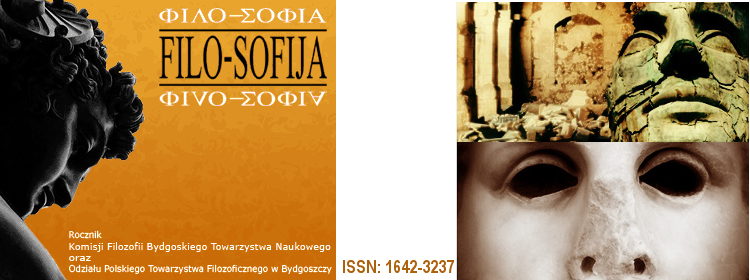Estetyka symptomu Georges’a Didi-Hubermana
Abstract
The goal of this article is to present the aesthetics of the symptom proposed by Georges Didi-Huberman, which in the context of the theory of the image attempts to integrate a phenomenological and semiological description. The article starts with his critique of the discipline of art history as dominated by an effort to make it a science and to widen the range of knowledge about images, whose most striking manifestation the French author finds in Erwin Panofsky‚Äôs iconological method, which is modelled on the ‚Äúneo- Kantian‚ÄĚ key, i.e., the philosophy of symbolic forms. Didi-Huberman proposes going back to the conclusions drawn from Immanuel Kant‚Äôs Critique of Judgment, where we find, for example, the concept of the aesthetic idea. The impreciseness of experience and impossibility of reducing experience to a concept should, as Didi-Huberman contends, be given due recognition in the history of art, which he justifies with the application of the term ‚Äúsymptom‚ÄĚ adapted from Sigmund Freud‚Äôs psychoanalysis. The symptom undermines the central position of the art historian as a subject of knowledge and opens the theory of the image to lack-of-knowledge. In turn, the aesthetics of the symptom is supposed to encompass both the meaningful and the phenomenal.
PeŇāny tekst:
PDFAdministracja Cytowania | Strony czasopism
